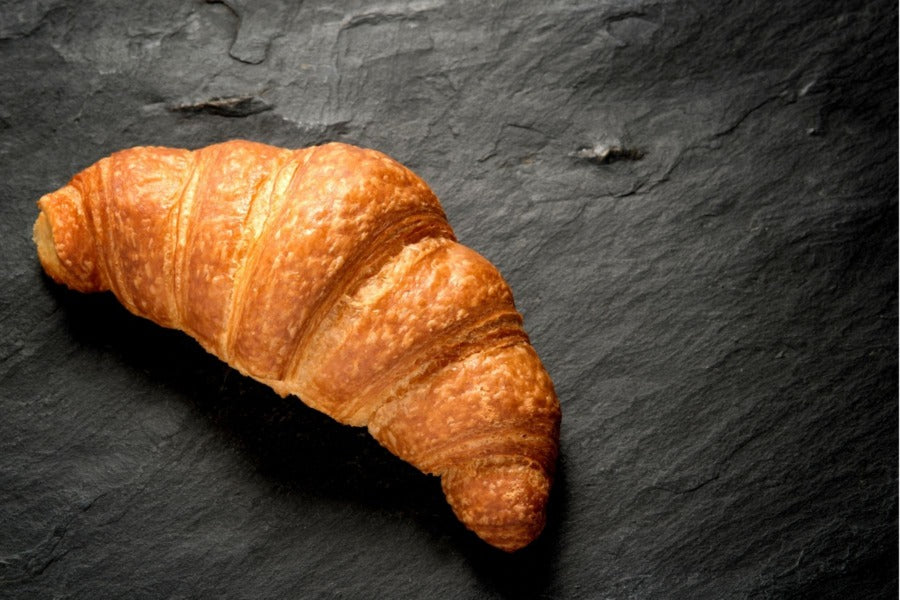Easy to get confused, isn't it?
These three delicacies have one thing in common, besides their goodness: the shape! But they are very different, in terms of ingredients, processing complexity, final result and uses. Among these three, croissants are the product with the most "neutral" flavor so that they can be used in both sweet and savory preparations.
I Cornetti (or Italian-style cornetti) are prepared starting from a rich leavened dough, with milk, butter, eggs, honey, sugar (including cane) to which a percentage of the 20/25% of fat for the peeling.
The Brioches have practically the same ingredients as the Cornetto - often with the addition of citrus peel - but the percentage of butter (or fat) increases, the processing changes and the lamination phase is absent / flaking with additional fat. The result is a rich, dense, "buttery" and perfect product paired with jams and marmalades.
The Croissants (or Sfogliati Croissants) are the most "simple" product in terms of ingredients, but not certainly of processing, indeed .. The basic dough is prepared with flour, liquids (water, milk), yeast and flavorings, and is subsequently laminated with a percentage of fat material higher than that used for Italian-style Cornetti. The result is a light product, well peeled and with larger alveoli than those of the Cornetto, crunchy and "crumbly" to the bite and with a neutral final flavor.
They are all quality products, carefully prepared in an artisanal way, but different from each other. Just know it!





Share:
Why few products
Anhydrous butter